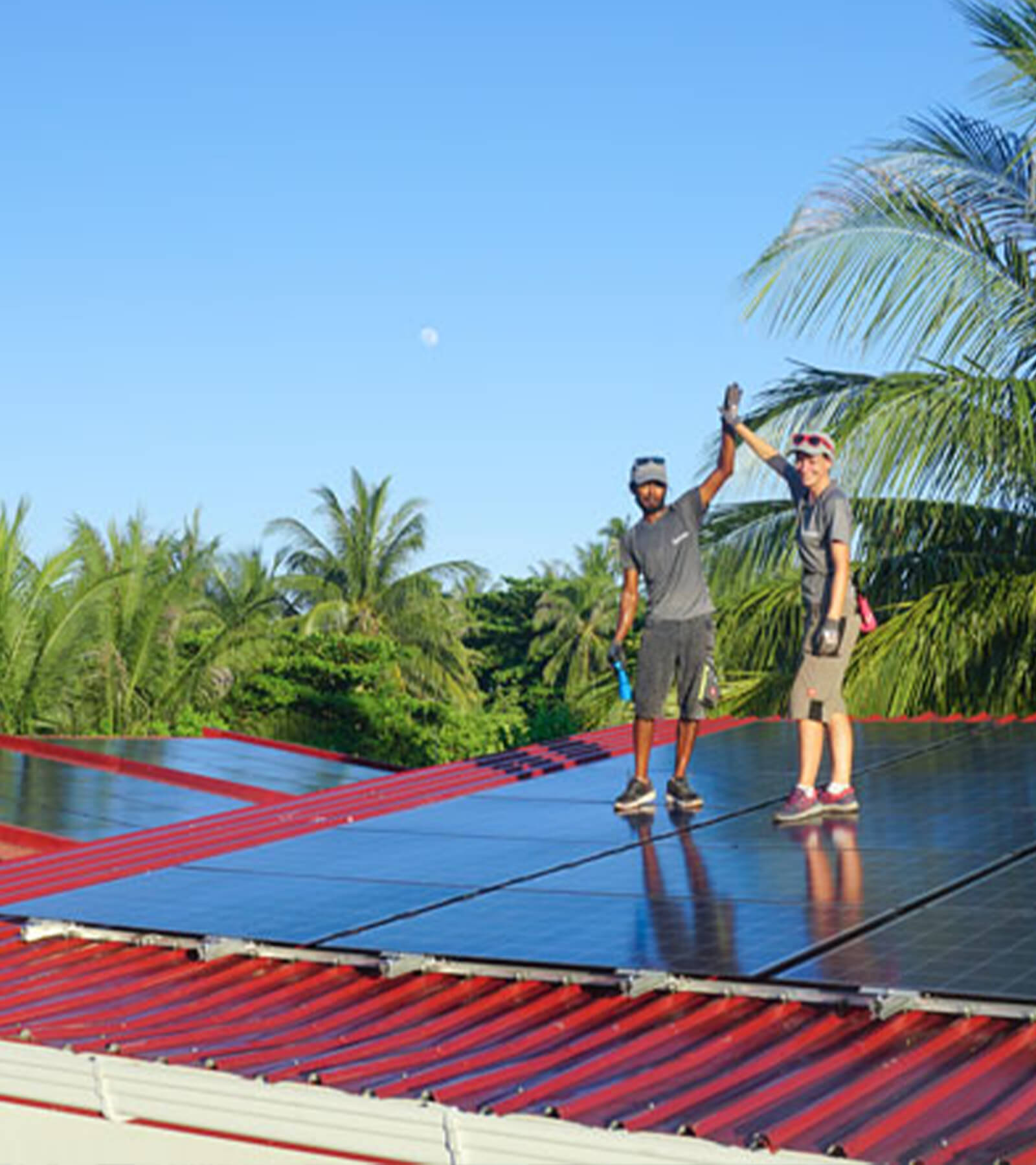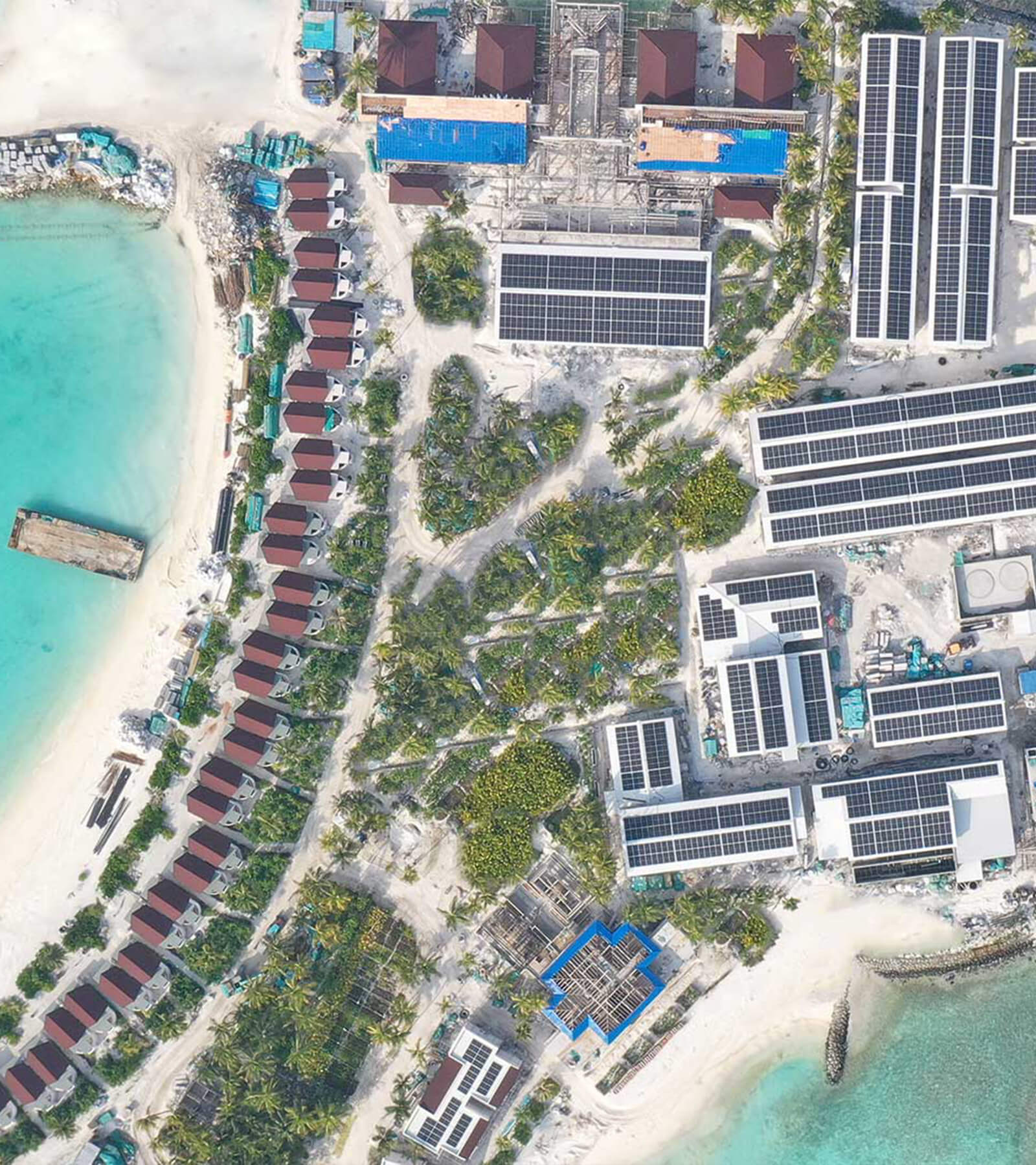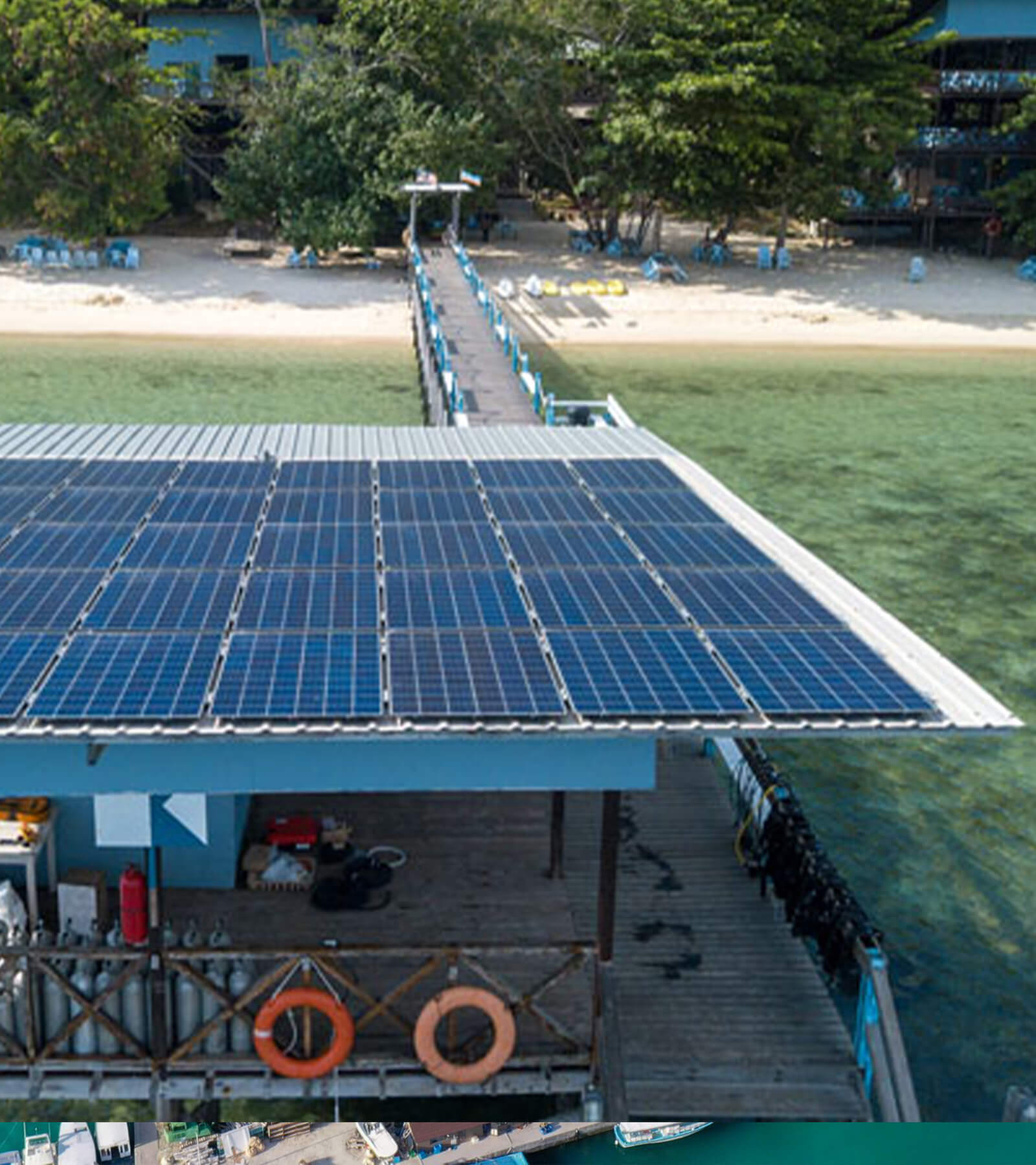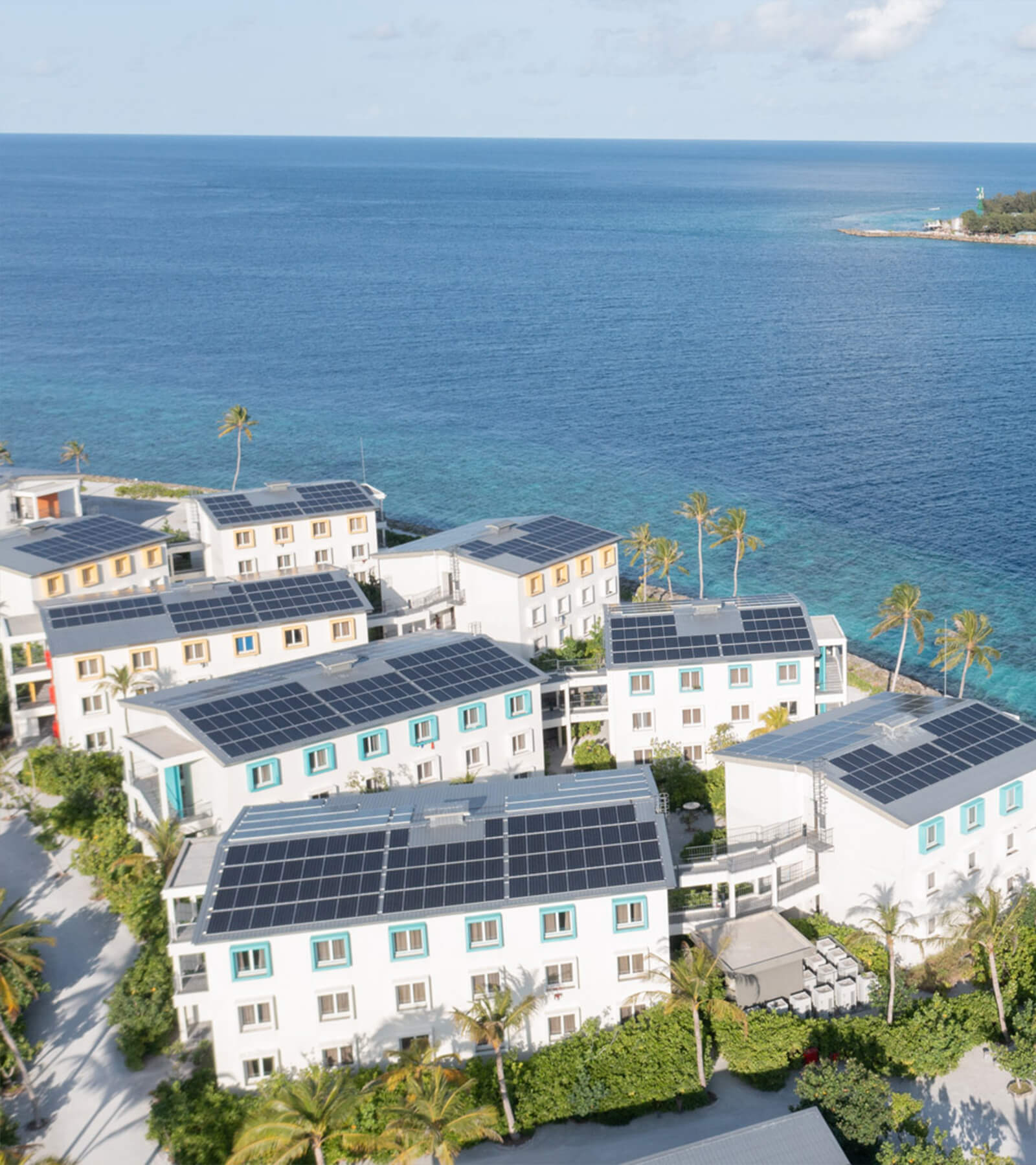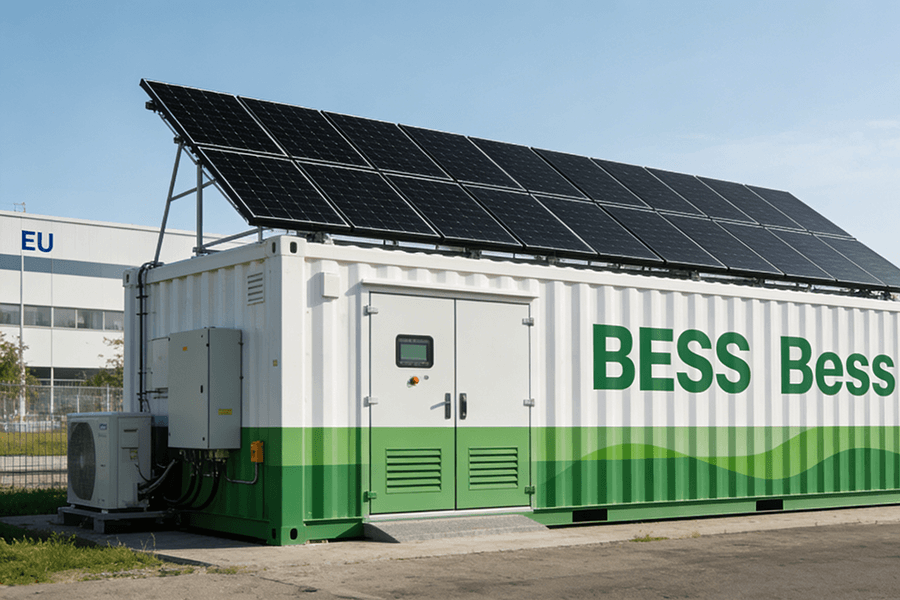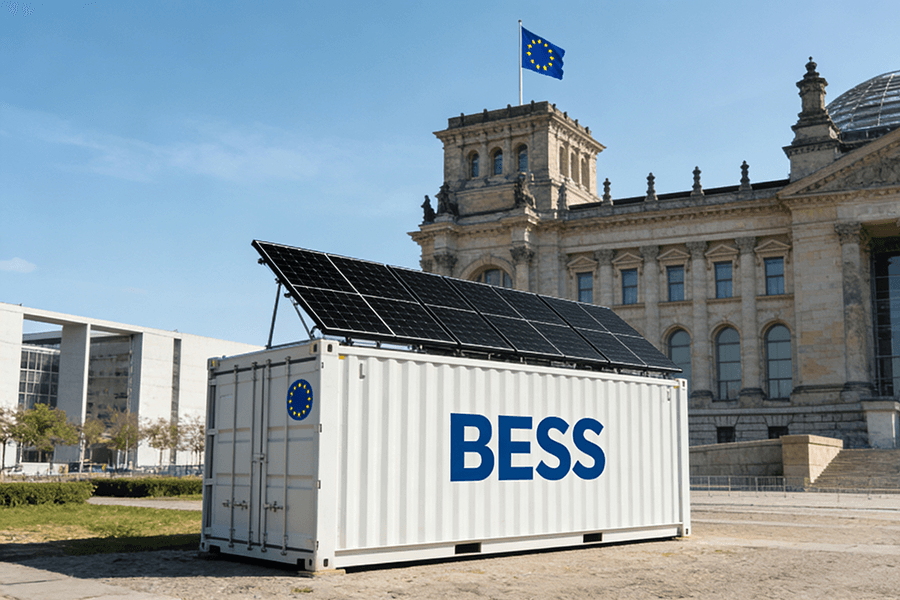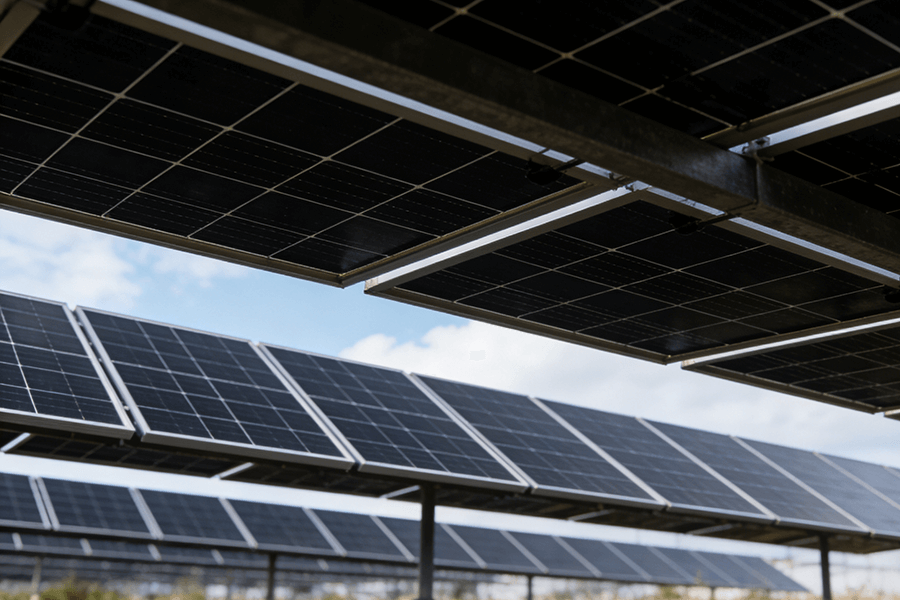Battery container storage systems redefine energy storage by offering exceptional scalability. At Maxbo, we specialize in delivering solutions designed to grow efficiently and economically with energy demands. Here’s how scalability is achieved through modular design, cost-effective incremental expansion, and rapid deployment.
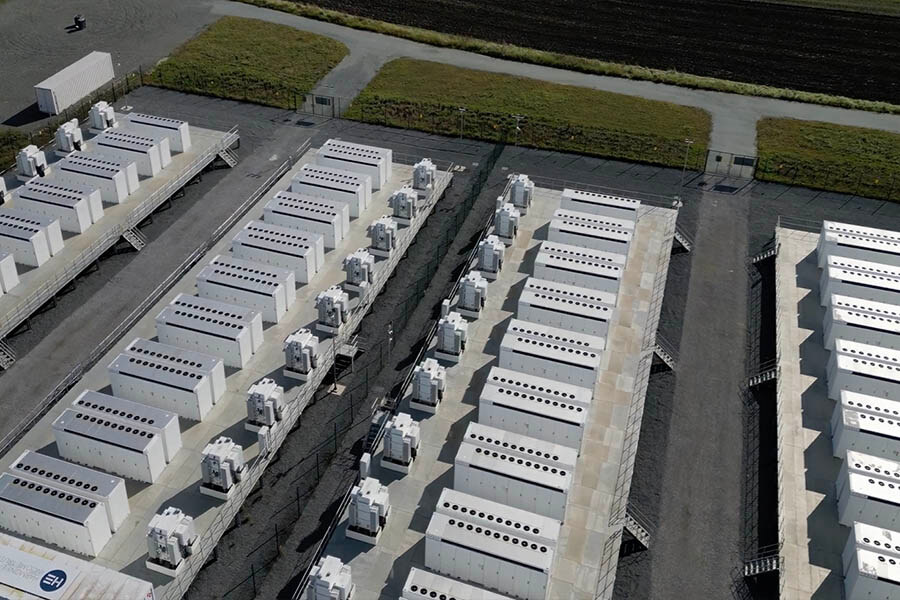
Modular Design: Building Blocks for Growth
Independent Unit Structure
- Battery Modules: Lithium-ion cells (e.g., LiFePO4) provide high energy density and durability.
- Inverters: Convert DC power to AC for grid compatibility.
- Battery Management System (BMS): Monitors voltage, temperature, and state of charge (SOC) for safe operation.
- Thermal Management: Maintains optimal operating temperatures for extended battery life.
- Control System: Coordinates multiple units for seamless integration.
Flexible Expansion
- Start small, for example, with a 2 MWh unit.
- Gradually add containers (e.g., increasing to 10 MWh or beyond).
- Standardized interfaces ensure that new modules integrate without system redesign.
Real-World Applications
-
- Spain’s Solar Farm: Began with a 5 MW/10 MWh system and expanded to 20 MW/40 MWh over three years, supporting increased solar energy generation without redesigning the infrastructure.
- Key Data: Modular battery containers reduce integration complexity by 25%, cutting both time and costs for projects (iea.org).
Incremental Expansion: Pay-As-You-Grow
Staged Deployment
- Begin with a base capacity and expand as needed.
- Additions are plug-and-play, avoiding downtime and ensuring continuity.
Cost Advantages
- Reduces upfront investment by matching capacity to immediate demand.
- Expanding in phases lowers financial risk while leveraging revenue from initial deployments.
- Data Insight: Modular systems save up to 30% in installation costs compared to fixed setups (IEA).
Real-World Example
-
- Belgium’s Energy Hub: The initial 20 MW/40 MWh system expanded incrementally to 100 MW/200 MWh over three years, demonstrating cost-effective scalability (reuters.com).
Flexible Configuration Options
Adaptable Design
- Series Configuration: Increases voltage for grid-scale use, suitable for large industrial facilities.
- Parallel Configuration: Adds capacity to meet extended usage needs, ideal for microgrids or peak shaving.
- Hybrid Systems: Combine with solar PV or wind turbines for a more sustainable and flexible energy solution.
Data Insights
- Efficiency Gains: Hybrid systems with containerized batteries improve renewable energy utilization by 20-30% (solarpowereurope.org).
Case Study
- Germany’s Industrial Expansion: A 50 MW/200 MWh system was scaled up to 300 MWh in phases, enabling the facility to meet increasing energy demands while integrating solar energy into the grid.
Pre-Assembled Deployment Efficiency
Factory-Assembled Units
- Containers are pre-built and tested off-site, reducing onsite labor.
- Streamlined logistics enable fast delivery and setup.
Rapid Deployment
- Installation time for a 10 MW system is 4–6 weeks, significantly faster than the 3–6 months required for traditional setups.
Real-World Example
- Scotland’s Renewable Project: A 50 MW/200 MWh system was deployed in six weeks, supporting wind energy stabilization and enabling immediate grid benefits (BloombergNEF).
Key Metrics
- Time Savings: Containerized systems reduce installation timelines by 50%, allowing faster ROI realization.
Cost-Effective Expansion
Lower Initial Investment
- Avoid overbuilding; start small and expand as demand grows.
- Modular design minimizes waste and ensures optimal resource allocation.
Maximize ROI
- Align expansions with revenue cycles, reducing financial strain.
- Incremental investments allow flexibility while meeting immediate energy needs.
Supporting Data
- Economic Impact: According to IEA, modular systems reduce lifecycle costs by 20%, enhancing long-term project viability.
Europe’s Unique Energy Landscape
Why Scalability Matters in Europe
- Diverse Energy Sources: Europe’s renewable energy mix includes wind, solar, and hydropower, requiring adaptable storage solutions to manage intermittency.
- Policy Targets: The EU aims to achieve at least 42% renewable energy by 2030, making flexible and scalable storage essential.
- Grid Challenges: Aging infrastructure in many regions necessitates modular solutions that can integrate seamlessly without extensive retrofitting.
European Case Studies
- Ireland’s Grid Balancing:
- A 30 MW/120 MWh system supports wind energy integration, stabilizing one of Europe’s most dynamic grids.
- Deployment Time: Six weeks, achieving immediate stabilization benefits.
- Greece’s Off-Grid Island:
- A 5 MW/10 MWh system transitioned an island from diesel generators to solar and battery hybrid power, reducing emissions by 75%.
- Italy’s Solar-Plus-Storage Initiative:
- Expanded a 25 MW solar farm with a 15 MWh battery system, increasing annual energy output by 20% through effective load shifting.
Conclusion: Empowering Europe’s Energy Goals
Battery container storage delivers unmatched scalability for Europe’s renewable energy needs. Modular design, cost-effective expansion, and rapid deployment ensure future-proof energy solutions.
At Maxbo, we deliver tailored solutions ready to scale with your vision for a sustainable future. By combining cutting-edge technology and proven efficiency, we empower businesses to meet Europe’s ambitious energy goals with confidence.
Email: [email protected]

